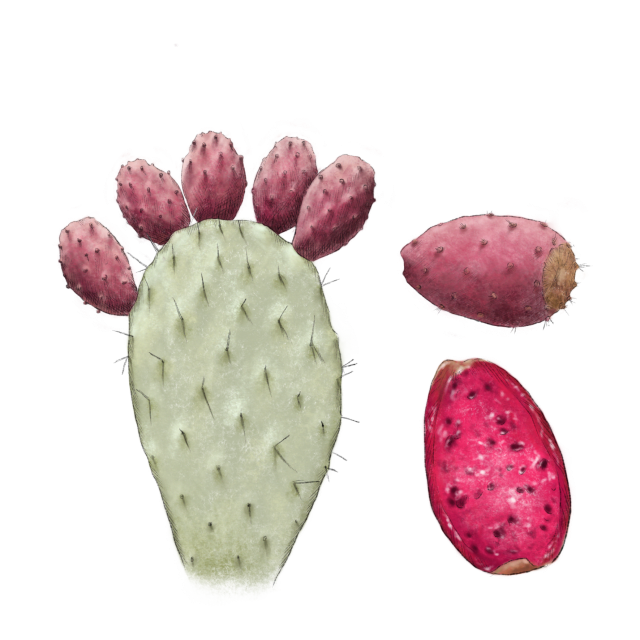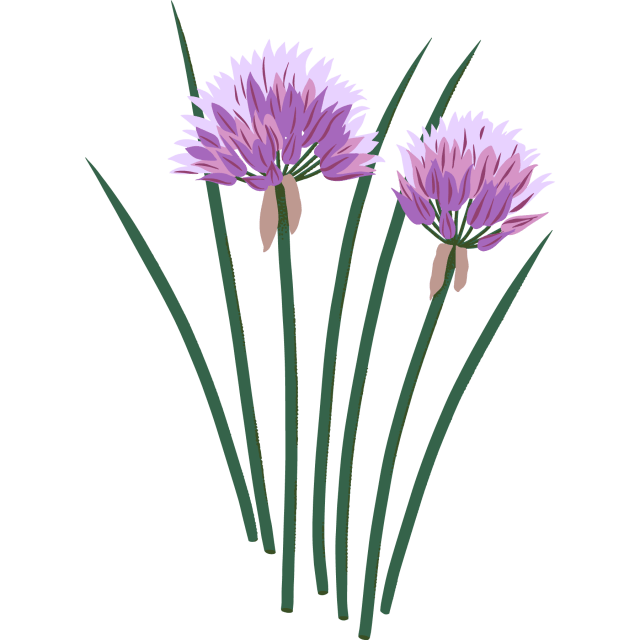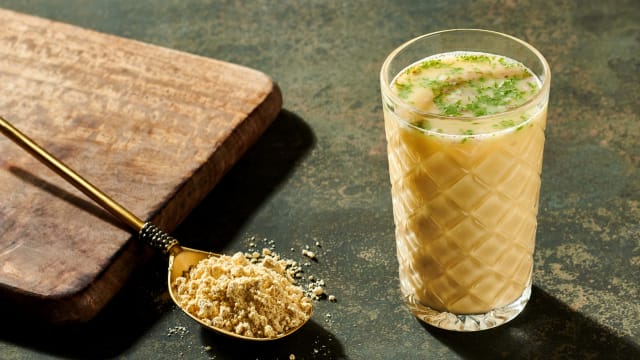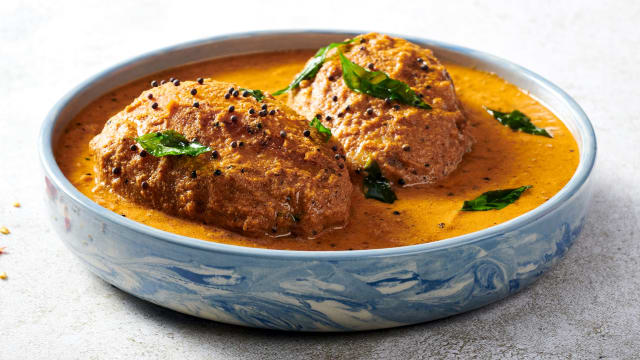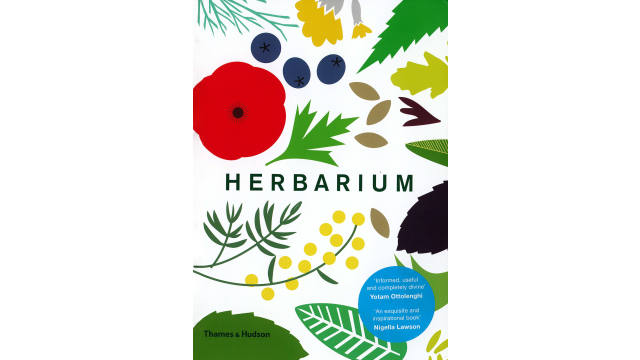Cilantro
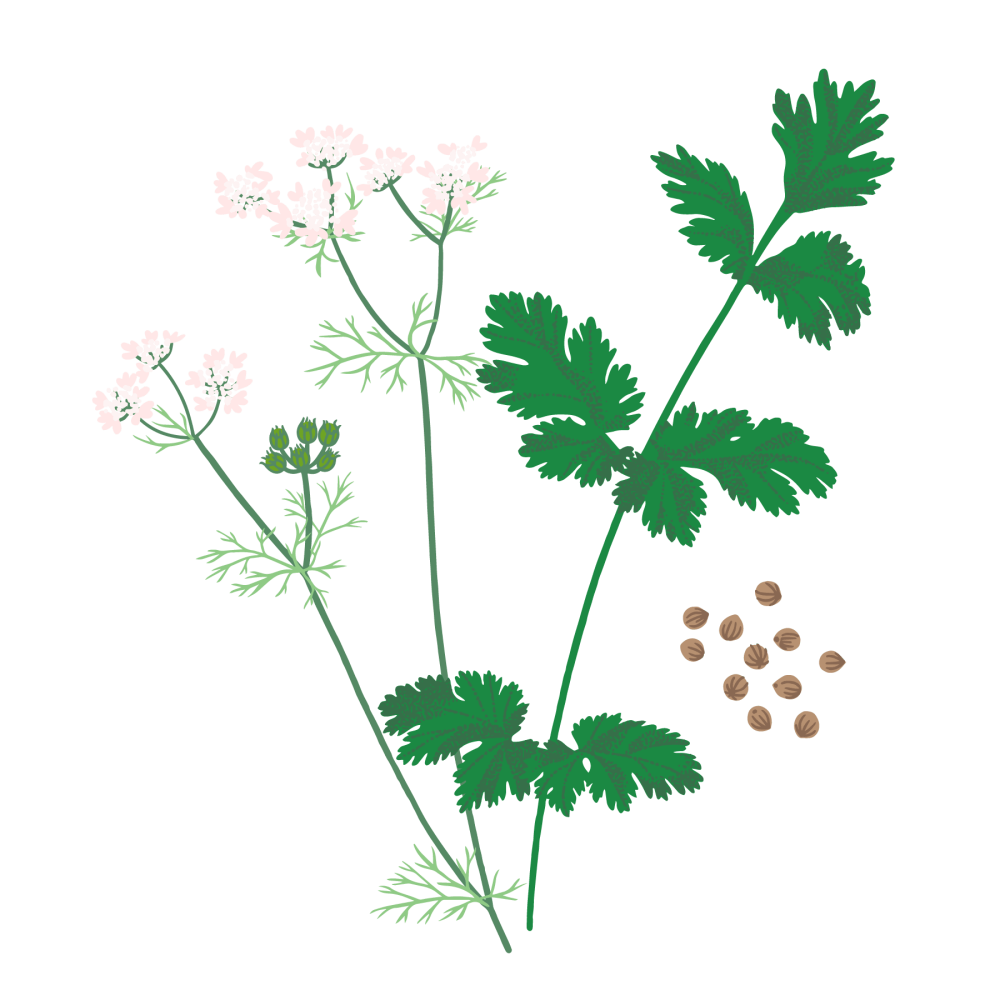
Latin name: Coriandrum sativum
Other names: coriander, Chinese parsley, dhania
Uses: herb, spice, root as vegetable
What is cilantro?
Cilantro is a tender annual herb related to celery, carrots, and parsley. All parts of the plant are edible, though the leaves and seeds are most popular. Cilantro seeds are dried to make the spice known as coriander. The roots are used as a vegetable in Thai cuisine, often appearing in soups, and as the base for various curry pastes. The leaves do not freeze or dry well, and have a short shelf life once cut.
Why is cilantro healthy?
Cilantro is rich in flavonoids, phytonutrients, and phenolic compounds. It’s also a powerful heavy metal detoxifier and offers protection against many degenerative conditions such as Alzheimer's, arthritis, cancer, heart disease, and diabetes.
What does cilantro taste like?
Bright, pungent, and citrusy, cilantro has an unmistakable taste that’s essential in Mexican, South Asian, and Southeast Asian cuisines as both an ingredient and a garnish. The main compound responsible for cilantro’s aroma and flavor is a terpene called linalool, which is also found in mint, laurel, cinnamon, and citrus. Some people hate cilantro, likening its flavor to soap. This aversion appears to have a genetic component involving a heightened sensitivity to aldehydes, a family of aromatic chemicals that also contribute to the herb’s character.
How do I use cilantro?
Because its flavor and color are both diminished by heat, cilantro is often used in raw preparations like salsas, sauces, and chutneys, or added to hot food just before serving. It’s necessary in green chutney and pico de gallo, great in guacamole, and you’ll often see it on the plate of fresh garnishes that accompany a bowl of phở.
What does cilantro pair well with?
Cilantro loves chiles, especially green ones, and is an avocado’s best friend. It also plays well with other tender herbs like chervil, chives, parsley, and sorrel, and can be combined with them to make all manner of pestos and green sauces.
Where does cilantro grow?
Cilantro is native to Southern Europe and Western Asia, and it has been cultivated at least since antiquity. Today, as one of the world’s most widely used herbs, it’s grown commercially and in home gardens nearly everywhere.
How to buy cilantro:
Look for bunches of bright green leaves that are not wilting or turning brown. Cilantro will keep for a few days in a bag in your fridge, but watch for slimy spots.
Fun cilantro fact:
The Greek word koriannon, the parent word to both coriander and cilantro, derives either from kóris, a stink bug, or koriós, a bedbug.
